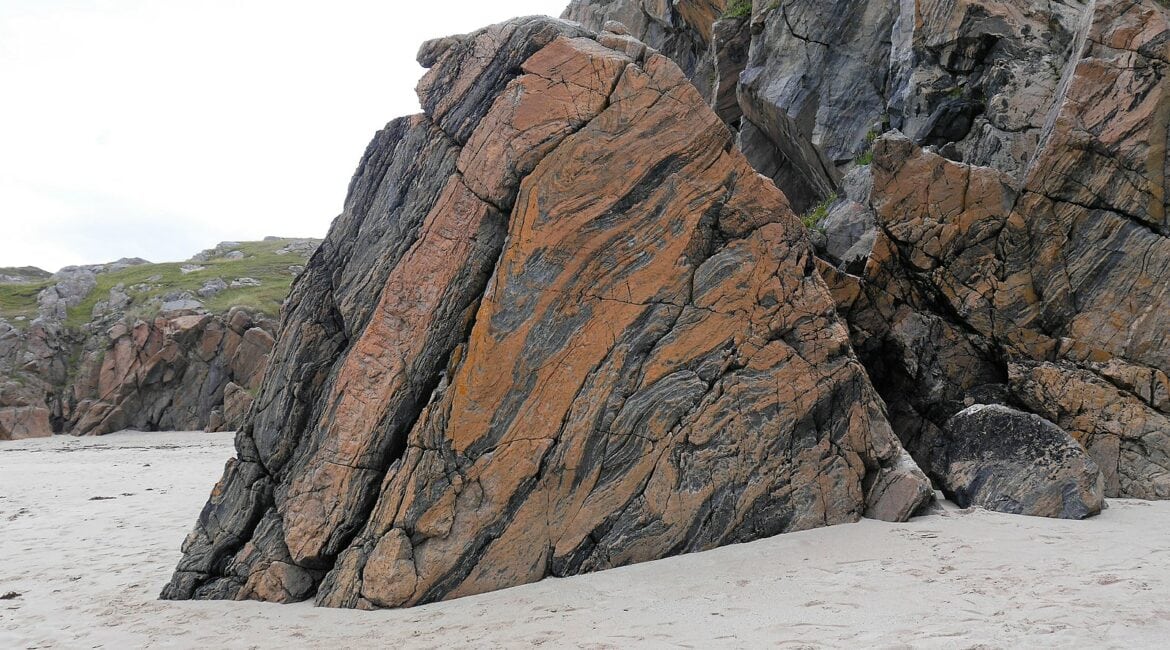
Book Your Stay at The Decca
Forged by Time: The Geological Journey of the Isle of Lewis
The Isle of Lewis, nestled in the Outer Hebrides archipelago off the northwest coast of Scotland, boasts a captivating landscape shaped by millions of years of geological processes. From its dramatic cliffs to its ancient rocks, the island’s formation tells a fascinating story of Earth’s dynamic forces. In this article, we delve into the geological processes that have shaped the Isle of Lewis, unraveling the secrets of its birth and evolution.
- The Rock Foundation: The bedrock of the Isle of Lewis consists primarily of Lewisian Gneiss, one of the oldest rock formations on Earth. Formed over 3 billion years ago during the Precambrian period, this rugged and resistant rock provides the foundation for the island’s geology. Comprised of metamorphic rocks, the Lewisian Gneiss showcases intricate layering and the remnants of ancient volcanic activity.
- Tectonic Activity: The formation of the Isle of Lewis can be traced back to intense tectonic activity, particularly during the Proterozoic Eon. The collision and interaction of continental plates led to the formation of a supercontinent known as Rodinia, which later fragmented. The movement of these tectonic plates caused the Lewisian Gneiss to be exposed at the Earth’s surface.
- Glacial Sculpting: During the Pleistocene Epoch, around 2.6 million to 11,700 years ago, the Isle of Lewis experienced extensive glaciation. Massive ice sheets covered the landscape, shaping the terrain through erosional and depositional processes. Glacial activity carved out deep valleys, formed U-shaped valleys, and deposited sediments, giving rise to features such as drumlins and moraines.
- Coastal Erosion and Deposition: The powerful forces of wind and waves have played a significant role in shaping the coastal features of the Isle of Lewis. Over time, relentless erosion has sculpted the cliffs, creating stunning sea stacks, arches, and caves along the coastline. Simultaneously, coastal deposition has formed sandy beaches and dune systems, adding to the island’s diverse geology.
- Post-Glacial Rebound: As the weight of the ice sheets melted and receded, the land beneath began to rebound in a process known as post-glacial rebound or isostatic uplift. This ongoing geological phenomenon has caused the Isle of Lewis and the surrounding areas to gradually rise, reshaping the coastline and impacting the island’s topography.
Conclusion: The geological history of the Isle of Lewis is a tapestry woven through billions of years, reflecting the dynamic nature of our planet. From ancient rocks formed in the depths of the Earth to the sculpting forces of glaciers and coastal erosion, the island stands as a testament to the remarkable geological processes that have shaped its landscape. Exploring the geological wonders of the Isle of Lewis not only unveils its fascinating past but also deepens our understanding of Earth’s remarkable ability to transform and evolve over time.